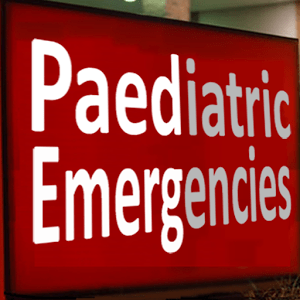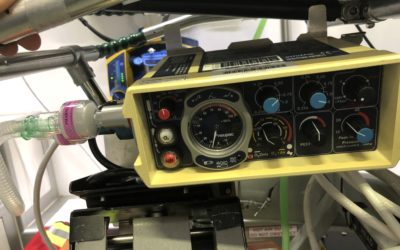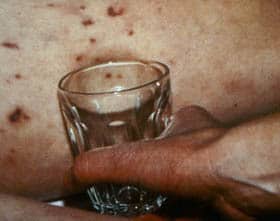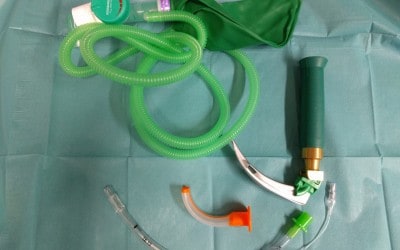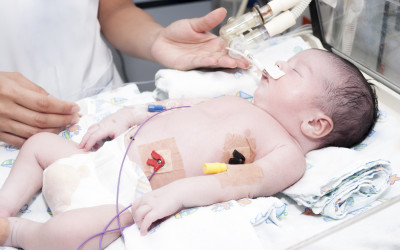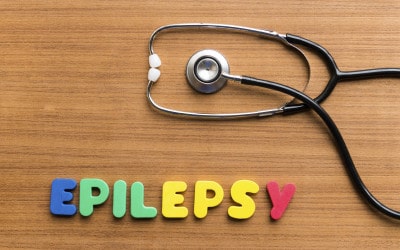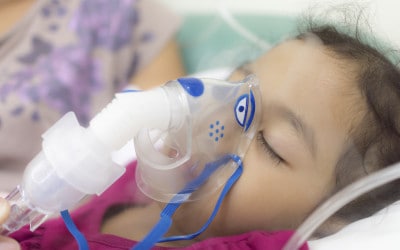Waiting for the Paediatric Retrieval Team
This section covers the management of the critically ill child who needs intensive care support to be initiated outside the intensive care environment. It provides a structured approach to the initial resuscitation & stabilisation and provides advice on ongoing care until this is taken over by the paediatric intensive care retrieval team.
The Dos and Don’ts of Waiting for the Paediatric Retrieval Team
What to do and the common mistakes to avoid while managing a critically ill child prior to the paediatric retrieval team’s arrival.
![]()
Ventilation of the Critically Ill Child
Dr Christopher Flannigan talking about Ventilation of the Critically Ill Child. This was recorded at the Paediatric Emergencies – Waiting for the Retrieval Team event in Belfast in 2019.
![]()
Leadership in a Paediatric Emergency
This podcast provides a practical guide to effective leadership during a Paediatric Emergency. It covers key pearls on what to do and importantly provides advice on how to avoid the common pitfalls.
![]()
Intubation in Special Circumstances
What you need to know about how to modify the standard intubation technique as well as key learning points to remember when intubating children in special circumstances.
![]()
Preparing to intubate the critically ill child
This episode covers the steps required when preparing to intubate a critically ill child and introduces the Paediatric Emergencies Pre-intubation Checklist.
![]()
Peripheral Vasoactive Drugs in Kids
This article provides advice on how to use ‘Push Dose Adrenaline’ and ‘Peripheral Adrenaline Infusions’ in critically ill children.
![]()
Collapsed Neonate
Like any sick child the initial management of the ‘Collapsed Neonate’ involves an ABCDE approach. While there are many possible causes, four major diagnoses must be considered…
![]()
Bronchiolitis
Bronchiolitis is a viral infection of the lower airways, most often in infants but can affect children up to two years of age. It is commonly caused by respiratory syncytial virus (RSV), although it can be caused by numerous other viruses and it has a peak incidence in the autumn/winter…
![]()
Raised Intracranial Pressure
Airway opening manoeuvres (avoid head-tilt and chin-lift in trauma, use jaw thrust) as required with high flow oxygen (10-15 litre/minute via face-mask with reservoir bag) and suction airway as needed. Immobilise cervical spine in trauma patient…
![]()
Sepsis
Urgent semi-elective intubation and ventilation should be undertaken if there is ongoing signs of shock unresponsive to 40 ml/kg of fluid resuscitation or if there is airway obstruction/loss of protective airway reflexes at any stage (cardiovascular resuscitation should occur before induction of anaesthesia)…
![]()
Status Epilepticus
Airway opening manoeuvres with high flow oxygen (10-15 litre/minute via face-mask with reservoir bag) and suction secretions as needed. Consider nasopharyngeal airway if difficultly maintaining airway (insertion of oropharyngeal airway normally not possible due to clenched teeth)…
![]()
Acute Asthma
Intubate if there are life threatening features that are refractory to standard treatment i.e. silent chest, oxygen saturations <92%, cyanosis, poor respiratory effort, hypotension, altered consciousness or exhaustion...
![]()
![]()
